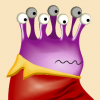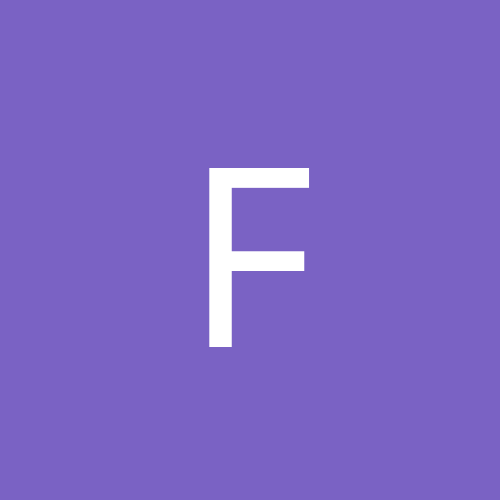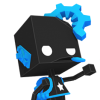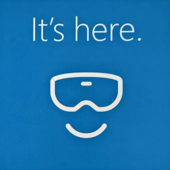see it for what it is. A very small laptop. Lousy keyboard, sure, but lots of other advantages (like being with you at more times)
Think "how could I have solved this everyday problem, if I had the information power of the internet, coupled with quite some calculation performance in my hand.?
You would think you could but I am not really coming up with anything that doesn't require a massive back-end like a maps app. I'm trying to come up with something that would be useful that's implementation is only the executable running on the device.
I think I do have an idea now ... although it doesn't really solve a problem, but I think it is something that people would like and it isn't in the App store: there is not a good raster-to-vector converter targeting people's normal photographs in the app store. There are a couple apps that are targeting the sort of raster-to-vector that is like scanning documents without OCR, usually referred to as tracing or auto-tracing i.e. I have this pen-and-ink concept art that I want to get into Illustrator, let me take a picture of it on my phone and and run it through this app ... This kind of raster-to-vector is covered.
The other kind seems not to be; e.g., do you want to see what that picture I just took of you would look like as a cartoon?
I have been thinking about a raster-to-vector algorithm for years basically:
- First pass of Perona-Malik anisotropic diffusion filtering
- Image segmentation from here (minus the Gaussian blur pass that they are doing because 1. above will be better)
- Then for the raster blob to vector blob converter, I'll roll my own or use potrace.
and this is going to be my excuse to finally write it, but I don't know 1., and 2. are quite computationally intensive, especially at the resolutions that phone cameras have these days, would people mind waiting 30 seconds? Actually I guess I could just down sample the picture first.








